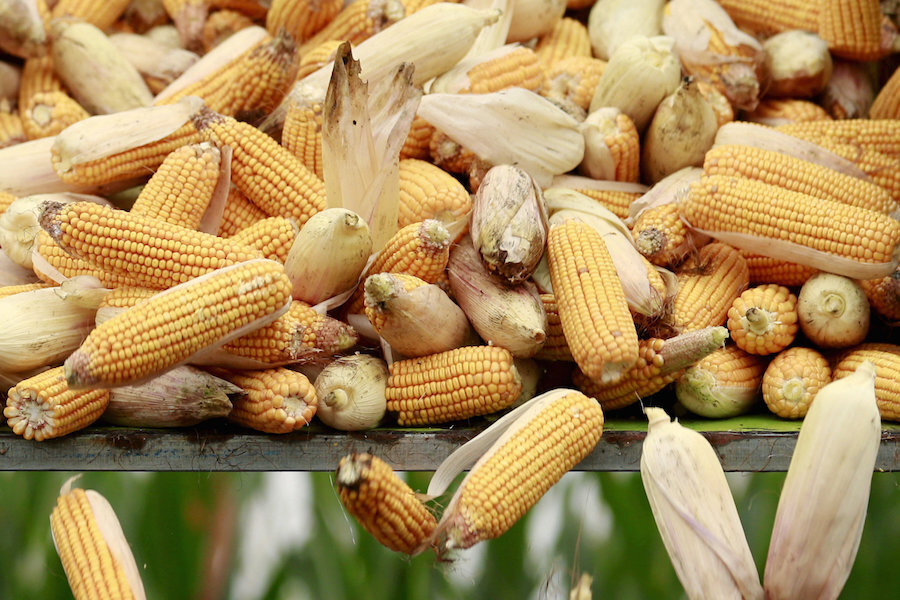Mexico looks beyond the US for corn imports
Loading...
In response to widespread concern over the renegotiation of the North American Free Trade Agreement (NAFTA) under the Trump administration, the Mexican agricultural sector is promoting an unfamiliar message: reduce ties to U.S. agriculture and look for new trading partners.|
Citing indications of a possible 20 percent import tax, Mexican Senator Armando Rios Piter has introduced a bill to replace corn imports from the U.S. with those from Brazil and Argentina.
“It’s time to think about how to shift the place where we are putting our money,” said Rios Piter. “If we stop buying their corn, farmers would have a good idea how important Mexico is.”
It’s not only corn that could be affected by the renegotiation. The Consejo Coordinador Empresarial, one of Mexico’s largest business groups, has also announced that they will look for new sources of imported soy, corn, and wheat. Again citing fears about the renegotiation of NAFTA, particularly how it could impact Mexican import prices, the organization is taking a proactive approach. As Juan Pablo Castanon, the group’s President said, “We’d like to keep the trade deal as it is, but right now we have to look for alternative producers and Brazil and Argentina could work.”
Mexico is by far the largest buyer of U.S. corn, accounting for over 25 percent of annual U.S. corn exports, totaling US$2.5 billion in the 2015–2016 year. Losing a major buyer could push down corn prices nationwide, particularly affecting farm incomes in areas like the Midwest, which have mainly specialized in corn production.
The proposal to establish an import tariff is intended to balance U.S. imports and exports, as well as help pay for additional government spending. However, critics say that a sector like agriculture, which already enjoys a trade surplus, could be adversely impacted. The agricultural system is quite rigid, and in the U.S., it is structured to export staple crops while importing many of its fresh fruits and vegetables. In other words, while U.S. farmers look anxiously to changes in their export market, the U.S. food system as a whole could experience pressure and rising prices from imports.
Senator Rios Piter and others representing Mexican stakeholders argue that this tariff does not recognize the co-dependence between Mexican and U.S. agriculture. His proposed bill is in the early stage, however, Rios Piter’s initial intention of shifting the conversation surrounding the Mexico-U.S. trade relationship has sparked debate among American farmers, decisionmakers, and advocates.
The post Mexico Looks Beyond U.S. for Corn Imports appeared first on Food Tank.





